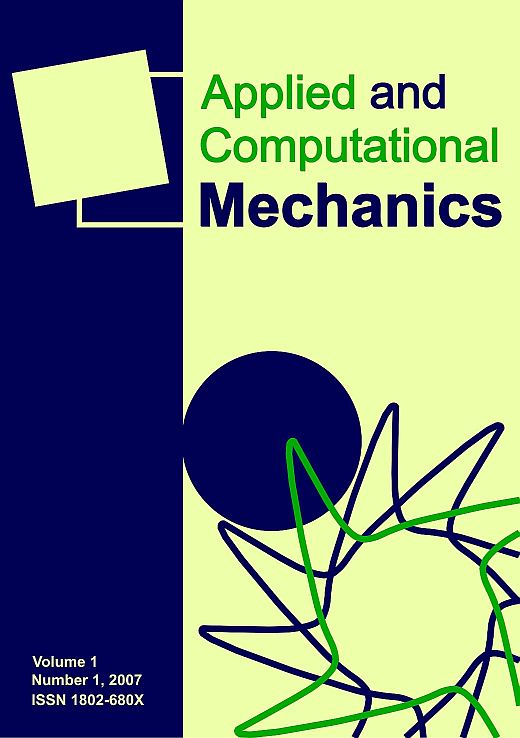Comparison of new RANS-LES hybrid methods on a tandem cylinder problem using rough meshes
DOI:
https://doi.org/10.24132/acm.2024.893Keywords:
CFD, turbulence modeling, Orion software, RANS-LES hybrid methods, DES, vortex sheddingAbstract
Detached eddy simulation (DES), delayed DES (DDES) and improved DDES (IDDES) hybrid RANS-LES turbulence models based on the Menter's Shear Stress Transport (SST) model as well as the DES variant of the Kok's Turbulent/Non-Turbulent model (TNT), Extra-Large Eddy Simulation (X-LES), and its newly proposed delayed and improved delayed variants (DX-LES and IDX-LES) along with the base RANS methods are compared in this paper. The comparison is made on a flow around tandem cylinders, on which mainly hybrid methods based on the one-equation Spalart-Almaras model were previously tested. The proposed models show DDES and IDDES with a different approach from the SST-based two-equation methods, which potentially improves the results and, in the case of the TNT-based DDES variant, only the blending function is dependent of the distance from the wall.Downloads
Published
31-Dec-2024
Issue
Section
Articles
License
Copyright (c) 2024 Applied and Computational Mechanics

This work is licensed under a Creative Commons Attribution 4.0 International License.
How to Cite
“Comparison of new RANS-LES hybrid methods on a tandem cylinder problem using rough meshes” (2024) Applied and Computational Mechanics, 18(2). doi:10.24132/acm.2024.893.







